Ramen is a beloved dish in Japanese food culture, and did you know that different regions have their special types of ramen? In today’s article, we’ll explore Saga Ramen from Saga Prefecture. We’ll discover everything about this dish – its unique qualities, its history, the best recipes, and where you can enjoy the most delicious Saga Ramen.
What is Saga Ramen?
Saga Ramen is a special kind of noodle dish from Saga, Japan, with its roots connected to Kurume Ramen. It all began when the owner of the ramen shop “San Kyu,” a key player in Kurume Ramen’s origins, set up a shop in Saga. A student, who learned the art of ramen-making there, went on to create Saga Ramen at a local place named “Ikkyuken.”
Unlike the usual thin noodles, this special type of ramen boasts slightly thicker straight noodles, cooked to a softer texture. The soup, made from pork bones, is rich but keeps the salt and fat levels just right. What makes Saga Ramen stand out is its unique topping – a raw egg placed on top, a special touch unique to Saga! Even though the main store, “Ikkyuken,” has closed, a shop run by the disciple from the main store continues to serve Saga Ramen.
History
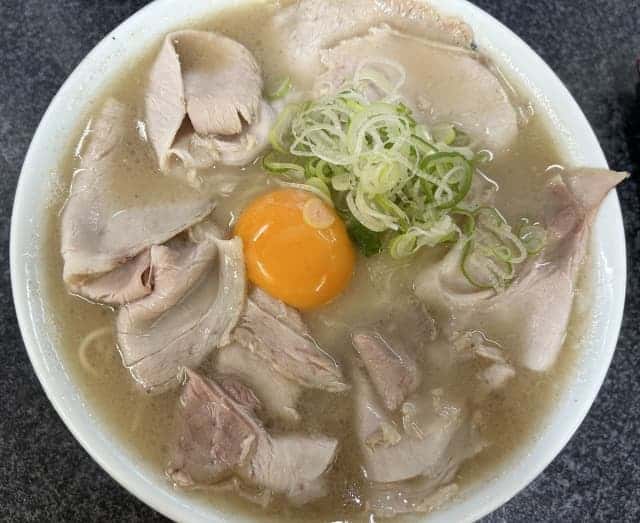
Origin from Kurume Ramen
Shikasho Hidemitsu, owner of the renowned ramen establishment “Sankyu,” recognized as one of the birthplaces of Kurume ramen, expanded his presence to Yame City, Fukuoka Prefecture, and Tamana City, Kumamoto Prefecture, in addition to Kurume City. However, it was in Saga City in 1956 that he established the ramen shop “Sanku.” Following the success in Kurume and Tamana, “Sankyu” in Saga City also gained widespread popularity. Shikasho shared his ramen-making expertise with the staff of “Sanku.”
Osushi Susumu, who initiated “Ikkyuken” in 1955, experimented with these teachings and crafted Saga ramen, contributing to the establishment’s popularity. Toshimitsu Motomura, who trained at “Ikkyuken” in 1975, ventured independently in 1980, opening “Ikkyuken Nabeshima Store.” This establishment is considered a significant branch in the ramen tradition. Unfortunately, the original “Ikkyuken” closed in 2011, leading the Nabeshima store to rebrand as “Motomura” the same year. Despite the closure, relatives of Ikkyuken Main Store inaugurated a new “Ikkyuken” in Saga City, with its affiliate “Ikkyuken Gofuku Motomachi Store” in operation. On a different note, “Sanku” faced closure in 2014 due to a fire in 2013
The development of Saga Ramen
Saga Ramen differentiates itself with unique characteristics. While typical tonkotsu ramen is associated with thin noodles, Saga Ramen features slightly thicker straight noodles. The soup, crafted from pork bones, strikes a balance with restrained saltiness and fat levels, creating a distinctive taste. What sets it apart are its signature toppings. Raw eggs, a distinctive topping in this kind of amen, were introduced by Shingo Okushi around 60 years ago. This unique touch, alongside the creamy texture, adds to the charm of Saga Ramen, making it a cherished culinary experience.
Over the years, Saga Ramen shops explored various menu items, including cold noodles, reflecting a spirit of innovation. However, like Shingo Okushi’s dedication to perfecting one ramen taste, many returned to the essence of ramen, emphasizing the importance of sticking to the roots.
As of 2023, Saga Prefecture hosts numerous ramen establishments bearing brand names from neighboring prefectures like “Kurume,” “Hakata,” and “Nagahama.” Additionally, the presence of chain stores from nearby regions necessitates caution in distinguishing among them.
Saga Ramen FAQ
- How do the noodles in Saga Ramen differ from those in other ramen styles?
-
Saga Ramen is characterized by its slightly thicker and straight noodles. These noodles are often cooked to a softer consistency, providing a distinct texture compared to the thinner and firmer noodles commonly associated with other ramen varieties.
- Are there seasonal variations or limited-time offerings for Saga Ramen?
-
Some ramen shops in Saga may introduce seasonal or limited-time variations to their menus, incorporating local seasonal ingredients or experimenting with different flavors. It’s recommended to check with individual establishments for any special offerings during specific times of the year.
How to make Saga Ramen?
Ingredients
| Ingredients | Measurements |
|---|---|
| ① | |
| Water | 10 liters |
| Pork head | 4kg |
| ② | |
| Water | 10 liters |
| Bones from ① | |
| ③ | |
| Water | 10 liters |
| Bones from ② | |
| Additional water (if needed) | |
| For broth | |
| Tonkatsu Soup Base | 30 cc |
| For noodles | |
| Noodles of choice | |
| Toppings (e.g., sliced green onions, bamboo shoots, pork slices, nori, etc.) |
Methods
Thoroughly prepare the pork head and cover it. Simmer on high heat, adding water over 25 hours.
Every 7-8 hours, extract the ramen soup in three portions. Some establishments may add chicken bones to enhance the flavor. While not extremely concentrated, the resulting broth has a rich and deep flavor profile.
Finally, combine the tonkotsu soup base with the broth to add richness, bringing it to a boil. Once boiled, the Saga Ramen broth is complete.
Cook the noodles according to the package instructions.
In a serving bowl, place a portion of cooked noodles.
Ladle the rich Saga Ramen broth over the noodles, ensuring an even distribution.
Garnish the ramen with toppings of your choice, such as sliced green onions, bamboo shoots, pork slices, or nori. And do not forget the raw egg on top!
Serve the Saga Ramen hot and enjoy the delightful combination of rich tonkotsu broth, flavorful toppings, and perfectly cooked noodles.
Recommended restaurants/stores
Ramen Ichigen (佐賀ラーメン いちげん。)
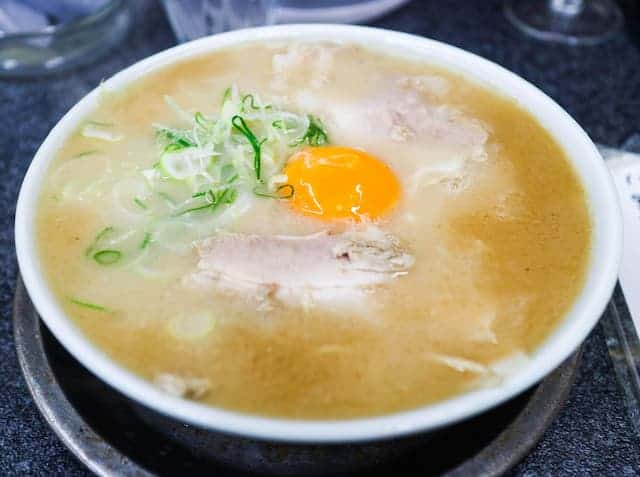
(出典:Editor’s Saga)
Explore the flavors of Saga at “Ramen Ichigen,” established in 1998 after learning the art at Ikkyuken Nabeshima Branch. Delight in the goodness of Saga Ramen and the excellence of Saga’s finest seaweed. The signature broth, made by simmering only pork femur bones, ensures a bowl tailored to your taste. Experience the punchy and comforting Tonkotsu Ramen, featuring the pure pork bone essence of Saga and sublime seaweed. Come and savor the unique delights at “Ramen Ichigen.”
Ramen Motomura (らーめん もとむら)
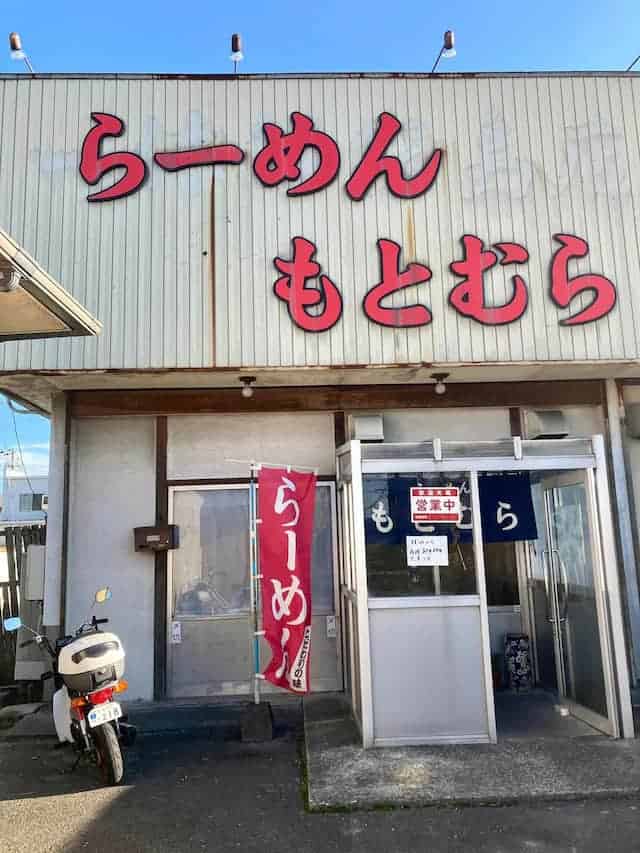
“Ramen Motomura,” a Saga Ramen gem since 1980, beckons a short walk from Nagashima Station. Born from the renowned “Ikkyuken Main Store,” it now carries on as “Ramen Motomura.” With a touch of nostalgia, the diner offers an uncomplicated menu featuring two ramen choices, along with “Gyoza,” “Inari,” and “Rice.” The signature “Ramen” captivates with its semi-opaque tonkotsu broth, medium-thin noodles, and toppings like chashu, nori, and green onions—a Saga specialty. Discover the essence of Saga at “Ramen Motomura,” where simplicity meets delightful flavors. A must-visit when in Saga!
Ramen Raikyu (来久軒)

The owner, who used to be a chef specializing in Western cuisine, and their family operate the place. For more than 40 years, since it started, they have kept the same way of cooking and the menu, holding onto their unique flavors. They take pride in making a soup by simmering only pork skull in a large pot for a long time without adding anything else. They use 10 different ingredients to create a sauce with a perfect mix that no one else can copy. It’s smooth, has a good aftertaste, and goes really well with their special noodles. I recommend trying their Ramen (costs 600 yen). It has a simple mix of milky soup, chashu, green onions, and seaweed, letting you enjoy the real taste of ramen. The special noodles are boiled to just the right firmness.
Takeaway
Saga Ramen, cooked for over 40 years, has a special taste that stands out. The broth, made by simmering pork skull for a long time, keeps things simple but rich. They don’t add anything extra, just let the pork skull do its flavorful magic. The noodles, made just for this ramen, are cooked just right. Together, it’s a mix of delicious flavors and textures. Each slurp of this Saga Ramen brings together the tasty broth, savory pork, and perfectly cooked noodles, making it a simple but unforgettable bowl that people enjoy over and over again. Therefore, if you want to try this delicious dish, how about trying our recommended restaurants?! We are looking forward to hearing comments from you!
If Japanese ramen is your thing, you’re in for a delightful experience with the dishes listed below or click here!
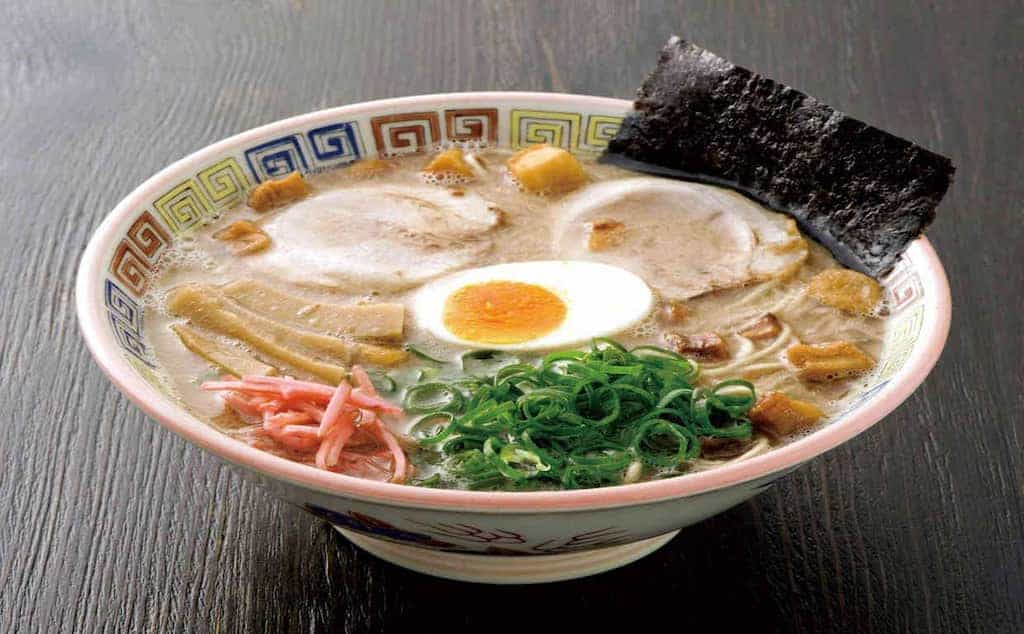
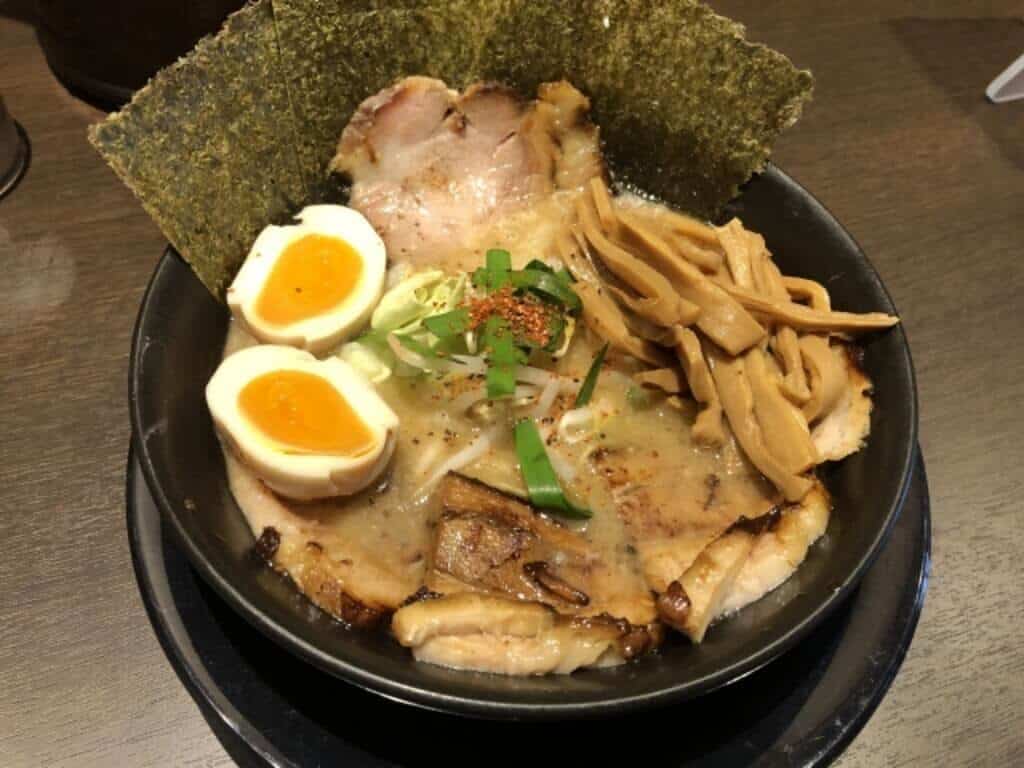






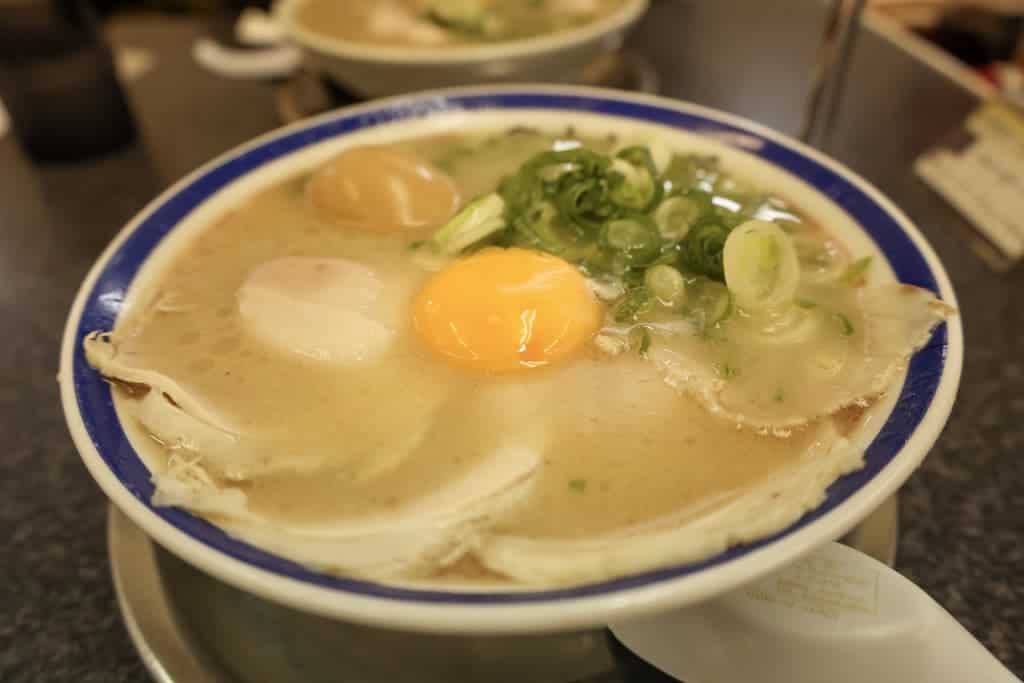
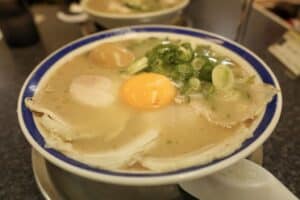
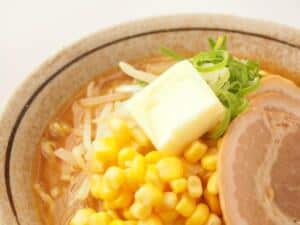
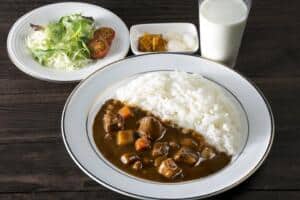
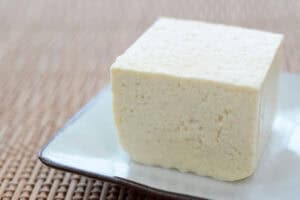
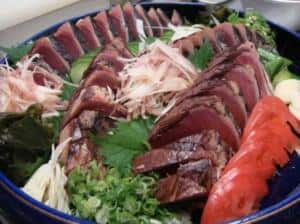
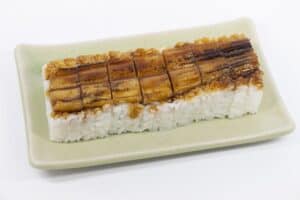
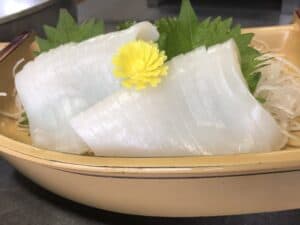
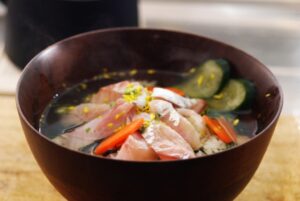

Comments